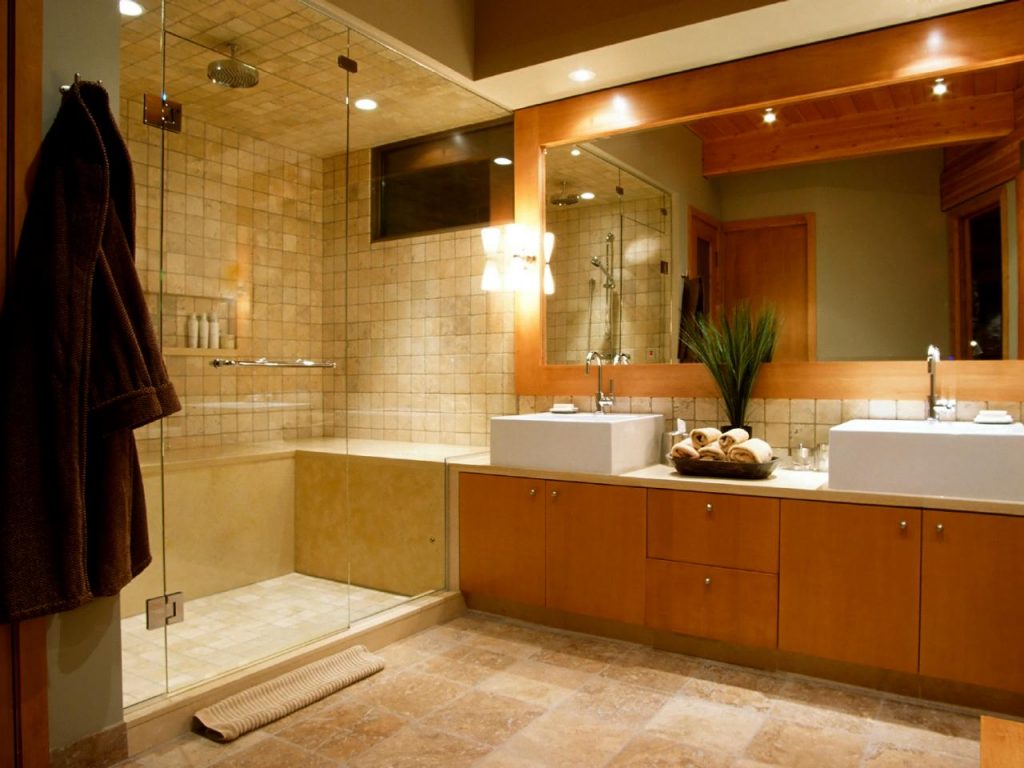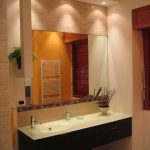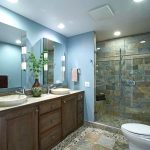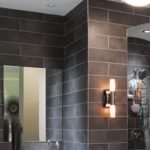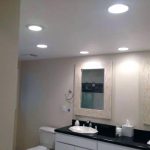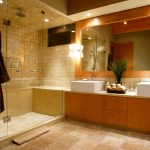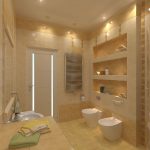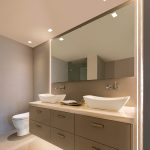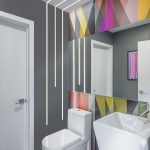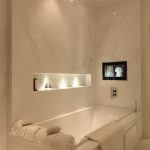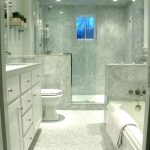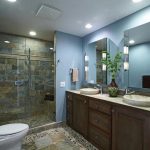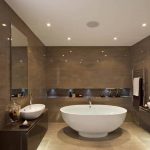Many homeowners underestimate the power of lighting in a bathroom. A well-lit bathroom not only sets the mood but also adds functionality and enhances the overall aesthetic. One of the key elements in bathroom lighting design is recessed lighting. Recessed lighting is a versatile and practical option that can be used to illuminate the entire bathroom or accent specific areas like the vanity, shower, or bathtub. In this ultimate guide to bathroom recessed lighting design, we will explore different ways to incorporate this lighting option into your bathroom.
1. Planning
Before diving into the nitty-gritty of recessed lighting design, it is important to consider the layout and size of your bathroom. Evaluate the natural light sources and existing lighting fixtures to determine where additional lighting is needed. Decide on the areas that need to be accentuated or highlighted using recessed lighting, such as the vanity mirror, shower stall, or bathtub.
2. Fixture Placement
The key to successful recessed lighting design is strategic placement of fixtures. For general ambient lighting, evenly space the recessed lights throughout the room to create a well-lit and inviting space. Over the vanity, install recessed lights on either side of the mirror to eliminate shadows and provide even lighting for grooming tasks. In the shower or bathtub area, consider installing waterproof recessed lights that can withstand the high humidity levels.
3. Size and Type of Fixture
The size and type of recessed fixture you choose will depend on the size of your bathroom and the desired lighting effect. For small bathrooms, opt for smaller fixtures to avoid overwhelming the space. Larger fixtures work well in larger bathrooms or to create a statement in a specific area. Choose between traditional incandescent, energy-efficient LED, or halogen bulbs based on your preferences and budget.
4. Dimmers and Controls
For ultimate flexibility and control over the lighting in your bathroom, consider installing dimmer switches and smart lighting controls. Dimmers allow you to adjust the brightness of the recessed lights to create a relaxing atmosphere for a luxurious bath or a bright, well-lit space for morning routines. Smart lighting controls enable you to program lighting schedules, set timers, and control the lights remotely from your smartphone or voice assistant.
5. Layered Lighting
To achieve a well-balanced and inviting bathroom lighting design, incorporate a mix of ambient, task, and accent lighting. Recessed lighting can serve as the ambient lighting source, while sconces, pendant lights, or vanity lights can provide task lighting for specific activities like applying makeup or shaving. Accent lighting, such as LED strips or under-cabinet lighting, can highlight architectural features or artwork in the bathroom.
In conclusion, recessed lighting is a versatile and practical option for illuminating and enhancing the aesthetics of your bathroom. By following this ultimate guide to bathroom recessed lighting design, you can create a well-lit and inviting space that meets your functional and aesthetic needs. Remember to consider the layout, placement, size, and type of fixtures, as well as incorporating dimmers and smart controls to achieve a personalized lighting experience.
 darbylanefurniture.com Interior design ideas with the latest interior inspiration
darbylanefurniture.com Interior design ideas with the latest interior inspiration

